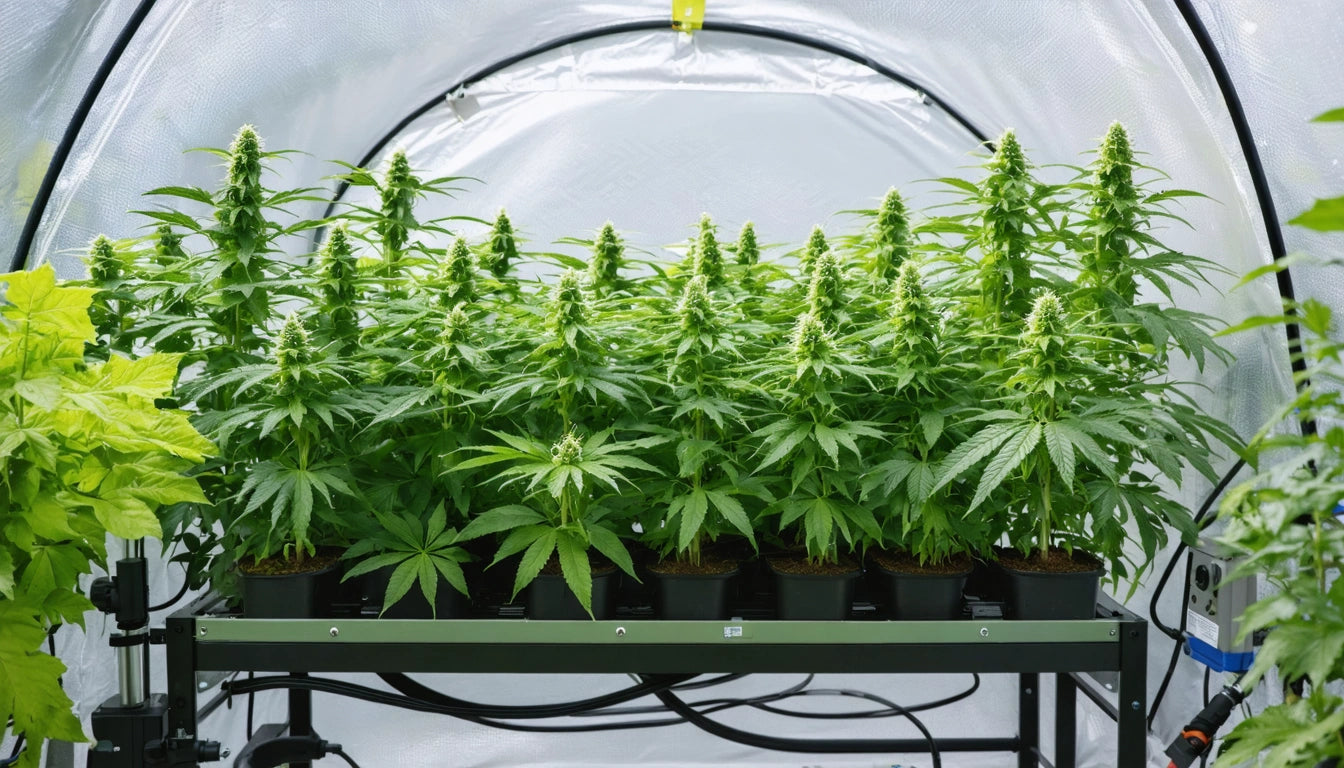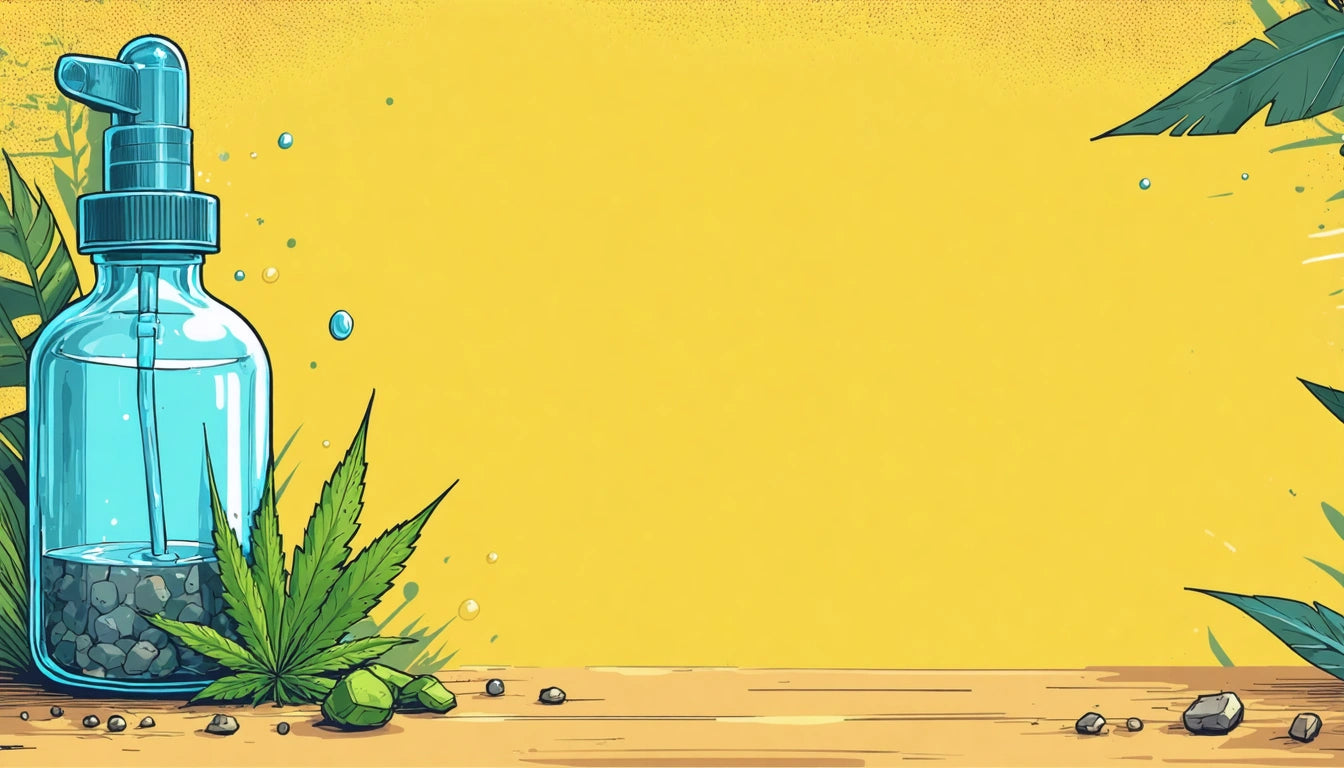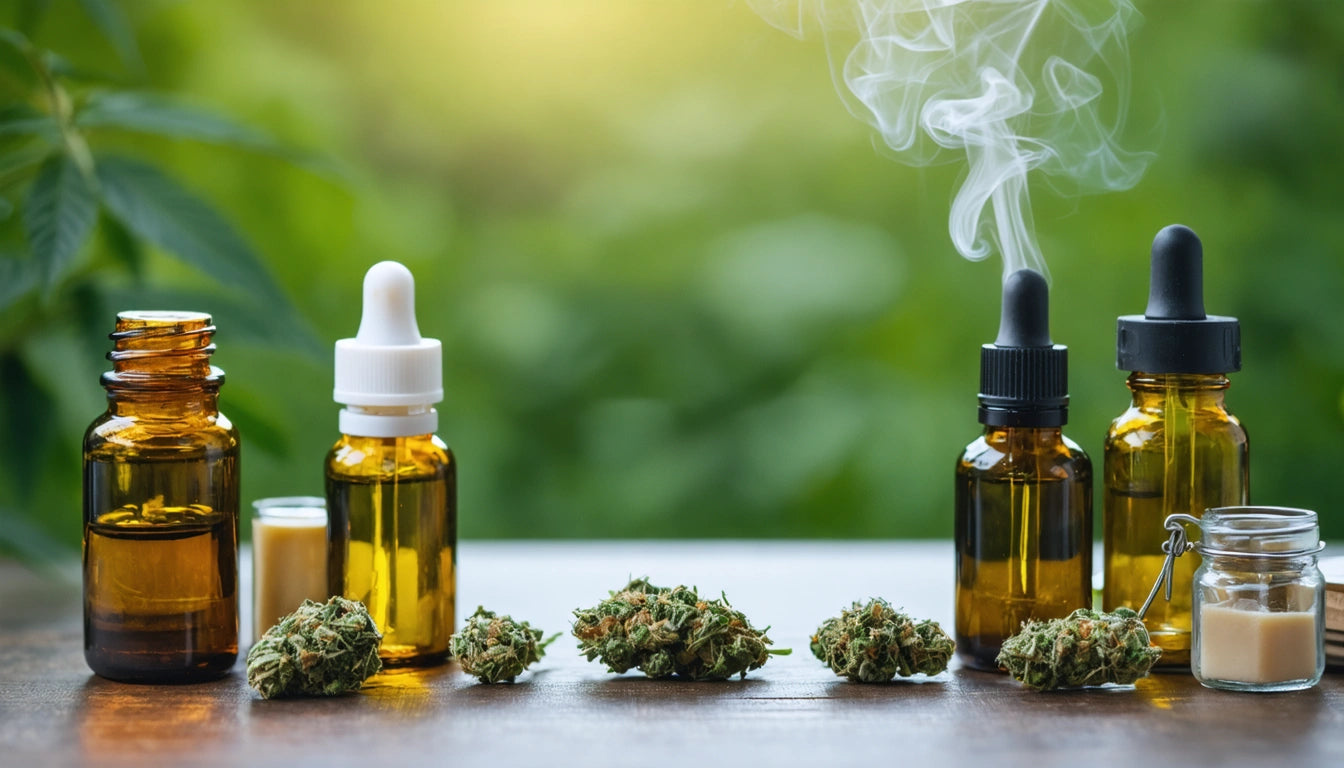- Understanding Grow Tents: What They Are and Why You Need One
- Choosing the Right Size: How Many Plants Can You Grow?
- Essential Components for a Complete Grow Tent Kit
- Setting Up Your Grow Tent: Step-by-Step Guide
- Soil and Container Selection for Optimal Growth
- Climate Control Essentials for Your Indoor Garden
- DIY Options: How to Build or Customize Your Own Grow Tent
- Next Steps for Success: Maintaining Your Indoor Growing Environment
The Ultimate Guide to Choosing and Setting Up the Best Grow Tent for Beginners
Starting your indoor growing journey can feel overwhelming with countless options for equipment and setups. A quality grow tent provides a controlled environment that maximizes plant health while minimizing space requirements. This comprehensive guide will walk you through everything you need to know about selecting and setting up the best grow tent for beginners.
Understanding Grow Tents: What They Are and Why You Need One
A grow tent is a portable, reusable grow room made with a sturdy frame and covered with light-reflective, light-proof material. These self-contained environments offer several advantages for indoor cultivation:
- Light control and reflection to maximize plant exposure
- Temperature and humidity management
- Odor containment and filtration
- Protection from pests and contaminants
- Discretion and space efficiency
According to our guide on DIY grow tents, even beginners can achieve professional results with the right setup.
Choosing the Right Size: How Many Plants Can You Grow?
When selecting the best indoor grow tent, size matters significantly. Common questions include what size grow tent for 2 plants or what size grow tent for 4 plants is appropriate.
Recommended Tent Sizes by Plant Count:
- 1-2 Plants: 2'x2' to 2'x4' tent (4-8 square feet)
- 4 Plants: 3'x3' to 4'x4' tent (9-16 square feet)
- 6-8 Plants: 4'x8' tent (32 square feet)
- 9+ Plants: 5'x9' or larger (45+ square feet)
Remember to account for equipment space and plant growth. Plants can double or triple in size during flowering, and you'll need room for fans, filters, and other accessories.
Essential Components for a Complete Grow Tent Kit
The best grow tent kits include all necessary components for immediate setup. When evaluating grow tent kits for beginners, look for these essential elements:
Lighting System
LED grow lights have become the standard for indoor growing due to their energy efficiency and full-spectrum capabilities. For beginners, a simple plug-and-play LED system with adjustable height is ideal.
Ventilation System
Proper airflow prevents mold and strengthens plant stems. A basic ventilation setup includes:
- Exhaust fan (with carbon filter for odor control)
- Intake ports
- Circulation fans
As detailed in our climate control guide, maintaining proper airflow is crucial for plant health.
Growing Medium and Containers
The best pots for grow tent setups are typically fabric pots or air pots that promote root health through air pruning. These containers work well with various growing media, from traditional soil to coco coir or hydroponic systems.
When packaging your harvested product, many growers prefer using specialized storage solutions like high-quality mylar bags that maintain freshness and provide professional presentation.
Setting Up Your Grow Tent: Step-by-Step Guide
Learning how to set up a grow tent properly ensures long-term success. Follow these steps for the best grow tent setup:
- Select Location: Choose a clean, dry area with access to electrical outlets and proper ventilation.
- Assemble Frame: Follow manufacturer instructions to build the tent frame.
- Attach Fabric Cover: Carefully pull the reflective fabric over the frame, securing all zippers and ports.
- Install Lighting: Hang your lighting system from the ceiling support bars.
- Set Up Ventilation: Mount exhaust fan and carbon filter, ensuring proper ducting.
- Add Environmental Controls: Install thermometer, hygrometer, and timers.
- Arrange Growing Area: Position containers and prepare growing medium.
Our beginner's setup guide offers additional tips for first-time growers.
Soil and Container Selection for Optimal Growth
The best soil for grow tent environments depends on your specific plants and growing style. For beginners, a pre-mixed organic potting soil with added perlite for drainage works well. More advanced growers might create custom soil blends with amendments like worm castings, bat guano, or mycorrhizae.
Container options include:
- Fabric Pots: Excellent drainage and air pruning capabilities
- Air Pots: Specialized containers with air holes for root development
- Traditional Plastic Pots: Affordable but less optimal for root health
- Hydroponic Systems: Soil-free options for advanced growers
Climate Control Essentials for Your Indoor Garden
Maintaining optimal growing conditions is crucial for healthy plants. Key environmental factors to monitor include:
Temperature Management
Most plants thrive between 70-85 °F during light periods and slightly cooler (65-75 °F) during dark periods. Temperature fluctuations outside this range can stress plants and reduce yields.
Humidity Control
Humidity requirements change throughout the growing cycle:
- Seedlings/Clones: 65-80% relative humidity
- Vegetative Stage: 40-70% relative humidity
- Flowering Stage: 40-50% relative humidity
Dehumidifiers, humidifiers, and proper ventilation help maintain these levels.
DIY Options: How to Build or Customize Your Own Grow Tent
For budget-conscious growers wondering how to make a grow tent, DIY options can be effective. Our DIY grow room guide covers how to build a grow tent using materials like PVC pipe, panda film (black and white poly), and mylar.
Basic DIY tent materials include:
- PVC pipes and connectors for the frame
- Reflective material (mylar, panda film, or emergency blankets)
- Duct tape and zip ties
- Light-proof material for exterior
While DIY options can save money, they typically lack the durability and light-tightness of commercial grow tents.
Next Steps for Success: Maintaining Your Indoor Growing Environment
Once your grow tent is operational, consistent maintenance ensures optimal results. Implement these grow tent setup ideas to improve your growing experience:
- Create a maintenance schedule for regular cleaning and equipment checks
- Install automation tools like timers and smart controllers
- Develop a feeding and watering system that works with your schedule
- Monitor plant health daily and address issues promptly
- Keep detailed records of growth patterns, feeding schedules, and environmental conditions
The best growing tents become even better with thoughtful optimization over time. As you gain experience, you'll develop personalized techniques that work for your specific plants and environment.
Whether you're starting with a complete grow tent kit or building your own custom setup, the principles remain the same: provide consistent light, maintain appropriate climate conditions, and give your plants the nutrients they need to thrive.











Leave a comment
All comments are moderated before being published.
This site is protected by hCaptcha and the hCaptcha Privacy Policy and Terms of Service apply.